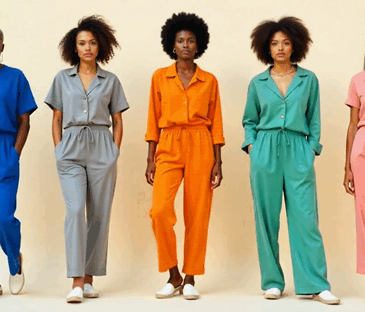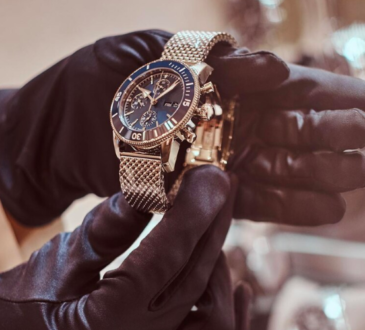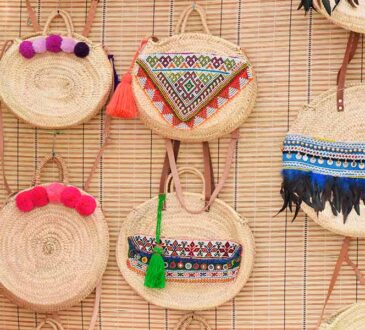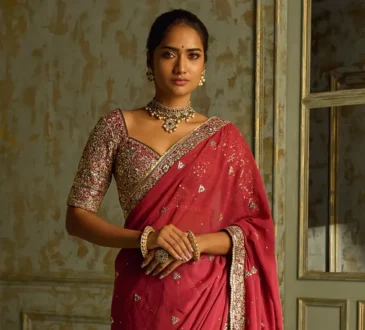
The world of luxury fashion has always been synonymous with exclusivity, quality, and personalization. Throughout history, the wealthy and influential have sought ways to distinguish themselves through their attire, leading to bespoke tailoring and personalized garment creation. This pursuit of the exact fit and unique style has driven innovation in the fashion industry for centuries. Our approach to individualized clothing is changing as traditional craftsmanship meets cutting-edge technology.
Roots of bespoke tailoring

Custom clothing begins with tailoring. For centuries, skilled artisans have crafted garments to fit individual clients perfectly. Tailors were highly respected craftsmen who created clothing for the nobility and wealthy merchants. These early custom garments were not only a symbol of status but also a necessity, as mass-produced clothing did not exist. During the 18th and 19th centuries, bespoke tailoring. This famous street became synonymous with high-quality, custom-made men’s clothing, setting the standard for luxury tailoring worldwide.
- Expansion of custom clothing – As the Industrial Revolution progressed, custom clothing availability expanded. While still a luxury, it became more accessible to the upper-middle class, not just the aristocracy, thanks to blank clothing canada suppliers.
- Mid-20th century shift – The mid-20th century brought significant changes to custom clothing, influenced by societal shifts and technological advancements.
- Rise of ready-to-wear – The post-World War II era saw a boom in mass-produced, ready-to-wear clothing. This shift made fashion more accessible to the general public but posed challenges for the custom clothing industry.
- Preservation of craft – Despite mass production, high-end custom tailoring survived. Luxury brands and traditional tailoring houses continued to offer bespoke services, preserving the art of custom clothing for discerning clients.
- Emergence of made-to-measure – As a middle ground between bespoke and ready-to-wear, made-to-measure services gained popularity. This approach offered customization while streamlining the production process.
Digital revolution begins
At the end of the 20th century and the beginning of the digital age, which transformed the custom clothing landscape.
Computer-aided design (CAD)
The introduction of CAD software in the fashion industry allowed for more precise pattern-making and design visualization. This technology improved custom clothing efficiency without sacrificing personal touch.
Online made-to-measure services
The internet age gave rise to online platforms offering made-to-measure clothing. These services allowed customers to input their measurements and customize certain aspects of their garments, all from their homes.
3D body scanning
The development of 3D body scanning technology marked a significant leap. These scanners could capture precise body measurements quickly and accurately, improving custom clothing fit.
Future of custom clothing
As we look to the future, several emerging technologies are set to revolutionize custom clothing in the future.
- 3D printing in fashion – Advancements in 3D printing technology are making it possible to create Custom Clothing components or even entire garments. This technology offers unprecedented customization and local, on-demand production.
- Biotechnology and lab-grown materials – Biotechnology in fashion leads to lab-grown leather and other materials. These innovations could allow for custom clothing that’s perfectly fitted, ethically and sustainably produced.
- Blockchain for authenticity and traceability – Blockchain technology is being explored as a way to ensure the authenticity of luxury custom clothing and provide complete traceability of the supply chain, appealing to conscientious consumers.
As tailoring and technology combine, custom clothing will strike the right balance. By embracing innovation while honouring tradition, the custom clothing industry is poised to offer products that are not just perfectly fitted and uniquely styled. They are also sustainable, interactive, and deeply personal.




